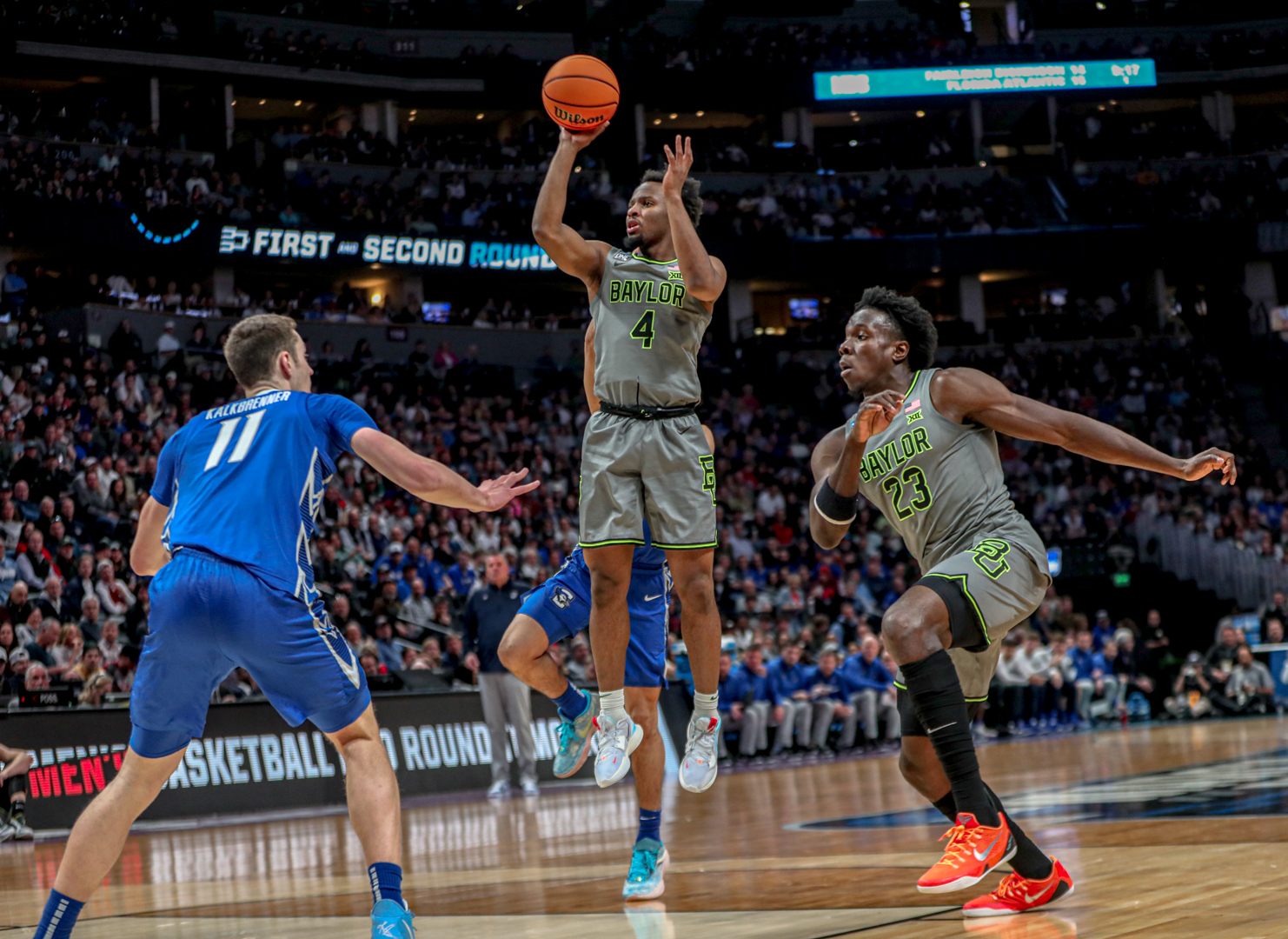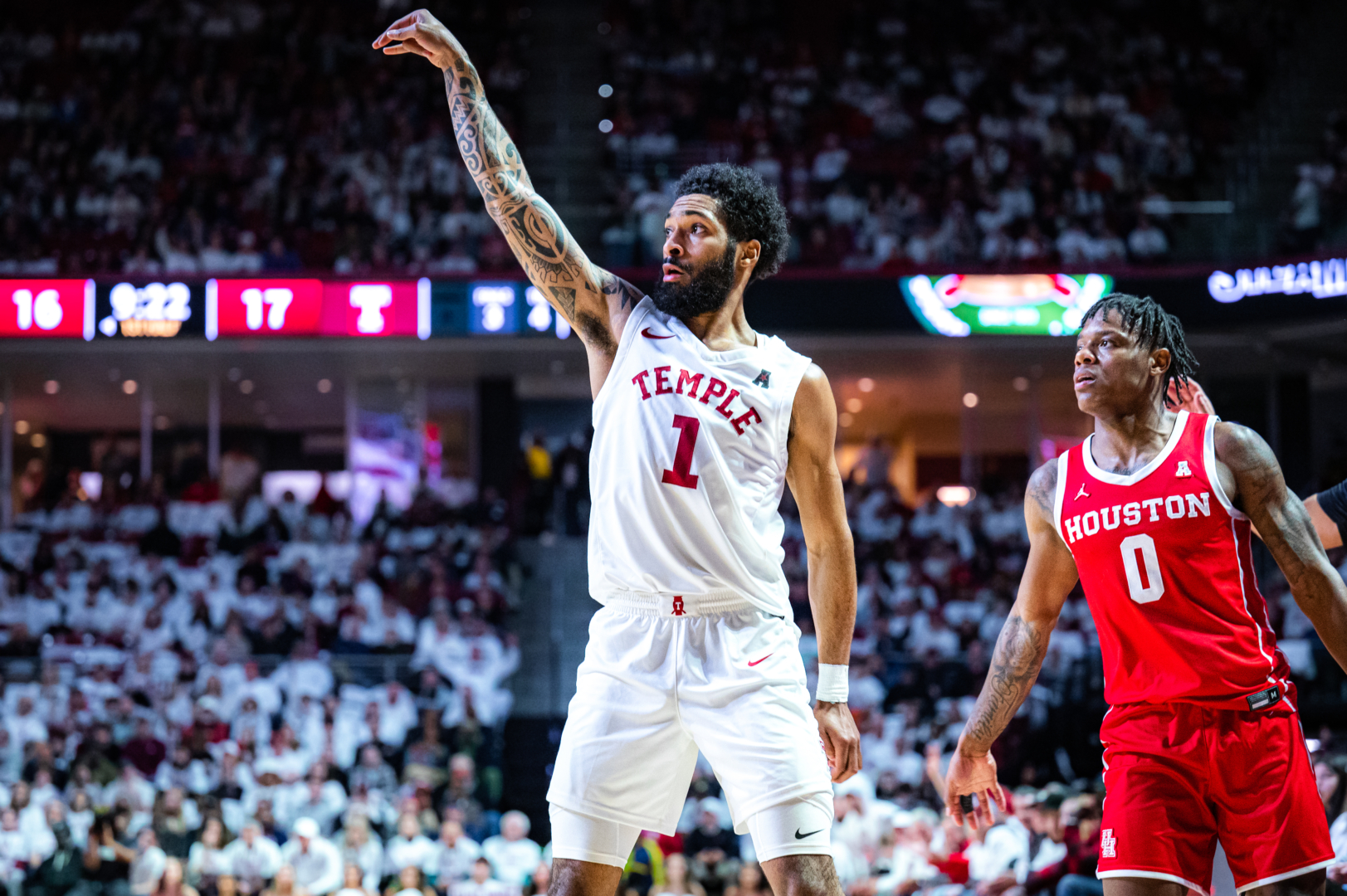Posted on 08 April 2023.
STELLA MEHLHOFF: Hello all and welcome back to In the Know. On this podcast, we cover all things University of Minnesota. Today, we’ll be talking about food insecurity on campus, with the aim of understanding how and why it affects students, and what’s being done to combat it.
According to Student Experience in the Research University surveys, or SERU, about 37% of University of Minnesota undergraduate students reported food insecurity in 2022, a 3.5% increase since 2019.
I speak with Abigail Oldenberg, a student at the U, who agreed to share her perspective on campus food insecurity.
OLDENBERG: If you’re food insecure, you’re kind of always worried about, “what am I gonna have for lunch, breakfast, dinner?” It just makes the focus on day-to-day tasks real difficult.
I think it’s more an issue than people are willing to talk about, because it’s, it’s a little embarrassing. There’s stigma around it. It’s a big culture for young people to like, oh, “let’s go grab lunch, or let’s go grab dinner.” Going out for food is expensive, so a way to save money is eating at home, but with the price of groceries being high, it makes it really difficult, and it’s a big stressor not being able to, um, have a reliable way to get food that fits into your budget.
MEHLHOFF: And Oldenberg isn’t the only one who finds the stress of food insecurity difficult to deal with. According to that same SERU survey, food insecure students at the University were 20% more likely to suffer from anxiety and depression in 2021.
OLDENBERG: And the ones that are nearby are higher priced because of the, the culture of the, the fancy grocery store. Um, Fresh Thyme, Lunds and Byerly’s, and then the Dinkytown Target are all, like, the prices are jacked up a little bit because of being in a city.
Is the quality of food good? Yeah, of course it is, but it’s like, you know, right now I’m not in a point where I can, um, afford the perfectly non-GMO organic fruits and vegetables. It’s like, I just need food.
MEHLHOFF: In the face of these expenses, students have had to find ways to patch up the leaks. Abigail Beddow, co-president of Swipe Out Hunger, helps provide free meals to students every Thursday at Coffman Memorial Union. She tells me what a meal distribution normally looks like.
BEDDOW: I’ll tell the people lined up what our options are. I’ll try and set them out the best I can, um, make it easier for everybody. And then I just count how many people come by, how many meals they take. I don’t ask for any personal information — that’s none of my business, none of anybody else’s business. Um, we do have an optional survey, um, just for comments.
I love it so much, and that sounds sarcastic, it wasn’t — I really do love it — I want that on the record. Just like connect, connecting with a lot of the people as well. Even like seeing the regulars that come by every week and saying “hi” to them and catching up with them and like, it’s amazing, it really is.
MEHLHOFF: Beddow estimates that between 150 and 200 students show up every Thursday. Despite the good that the meal distribution does, Beddow knows it isn’t enough.
BEDDOW: We’ve noticed, especially this year, that we’ve been running out of food, um, a lot, and we’ve, like other students have like, talked to us about it and we’re like, “yeah, we, we hear the problem, we do hear the problem.” There’s, unfortunately, there’s not a lot we can do about it. Um, we, we can’t really change, we can’t really ask for more food. Again, it’s all donations. So we, we do our best.
MEHLHOFF: Oldenberg makes use of a different popular food resource, the Nutritious U food pantry. According to their website, the pantry is open in the Union for three days in the last week of every month from 12-6 p.m.
OLDENBERG: So you just walk up to the front table that a worker is working at and they give you a, a paper bag and you can go through and they have indications on, um, each section in the food pantry of how many units you can take. So you can take two fruits, one grain, one protein. There are a couple snacks that you can grab, so it’s all laid out and it’s, you kind of walk through it like a circle and you just go quote, unquote, “shopping.”
MEHLHOFF: Like the meal distributions, the supplemental help doesn’t quite cut it.
OLDENBERG: It is helpful, yeah, I definitely use it all. Um, it’s not enough for a whole month, of course.
If it’s gonna continue to be once a month, I believe we should be able to take more. But if we can only take a little bit amount, the food pantry should happen more frequently.
MEHLHOFF: Besides students, I also hear from Mikaela Robertson, who works on Boynton Health’s public health team. She and her colleagues are currently working on a student basic needs strategic plan. It is a collaboration between the Office of Student Affairs and the Undergraduate Student Government to help remedy student insecurities on campus. I got to see her present the plan to a group of undergrad students.
ROBERTSON: Think about a bathtub that has many faucets and many drains, and the faucets are the sources of funding that finance a student’s degree, like grants and scholarships if they’re able to get them, loans, personal savings, family contribution, wages. Then the drains are the necessary expenses that students just have to pay to get through school. Tuition and fees, rent, food, transportation costs, books and supplies, personal care items and services.
So over time, the drains have got, uh, gotten bigger. The tuition has gone up, the cost of housing has gone up, the cost of food has gone up, and the faucets have stayed the same or gotten smaller. And as a result, many students end up with more water flowing out than water than that flows in.
MEHLHOFF: In response to student concerns like these, the plan has a few goals. It’s still in the draft stages, but one of the current recommendations is to spread awareness of resources already available, on- and off-campus.
ROBERTSON: One of the recommendations that we develop for this plan is to put together a single landing page, a single website where we can make sure that the resources are comprehensive and up to date, that let students know what services, programs, et cetera, are available or might be available to them.
And then we also wanna be sure to promote that to student-facing staff so that, um, staff has access to the latest information, current information about programs and services, and they can share that with the students they work with.
MEHLHOFF: She also hopes they can expand Nutritious U with a better funding plan.
ROBERSTON: At the end of the day, when we looked at where, where the University of Minnesota might be able to expand support for student basic needs, the pantry is the place where we have the most ability as the University to support a broad group of students.
MEHLHOFF: Still, Robertson would rather food insecurity be prevented than treated.
ROBERTSON: So we started thinking about how we might prevent students from needing to come to the food pantry in the first place. You know, realizing that more students at the food pantry doesn’t mean a successful food pantry, it means more students are hungry.
The University can’t do it, we can’t solve this problem alone. We need support from outside the University in order to solve this problem.
MEHLHOFF: Beddow agrees that the blame for food insecurity can’t be put all in one place.
BEDDOW: You could, you could say the government needs to provide more funding for stuff like that, or, you know, the University should provide more resources, but I think it’s a very complex issue, that there are a lot of sides to take.
MEHLHOFF: Although, the solutions might be collaborative.
ROBERTSON: As a University community, we can do better when we coordinate our efforts and work together. And so, if students are interested in working on this issue, they should absolutely feel free to reach out to my colleague Karin Onarheim, who oversees the Nutritious U food pantry or, um, or myself. We’re happy to meet with them and chat with them and help them, um, help support them inworking on this issue and moving things forward in a way that will, will best benefit students on campus.
MEHLHOFF: With around 30,000 undergraduate students on the Twin Cities campus, Oldenberg reminds us that the scope of the issue is anything but small.
OLDENBERG: I think it’s really important to get this story out there because I, there is some stigma around being food insecure. Everybody probably knows someone who is going through food insecurity, but probably knows about four or five more people who are dealing with it silently.
MEHLHOFF: For those struggling with food insecurity, existing resources can be found at boynton.umn.edu/food-pantry. For those who wish to help Swipe Out Hunger, potential volunteers can contact them through their Instagram, @swipes.umn.
This episode was written by me, Stella Mehlhoff, and produced by Alberto Gomez and Abby Machtig. As always, we really appreciate you listening in. Please feel free to email us at podcasting@mndaily.com with comments or questions. I’m Stella Mehlhoff, and this is In the Know.






